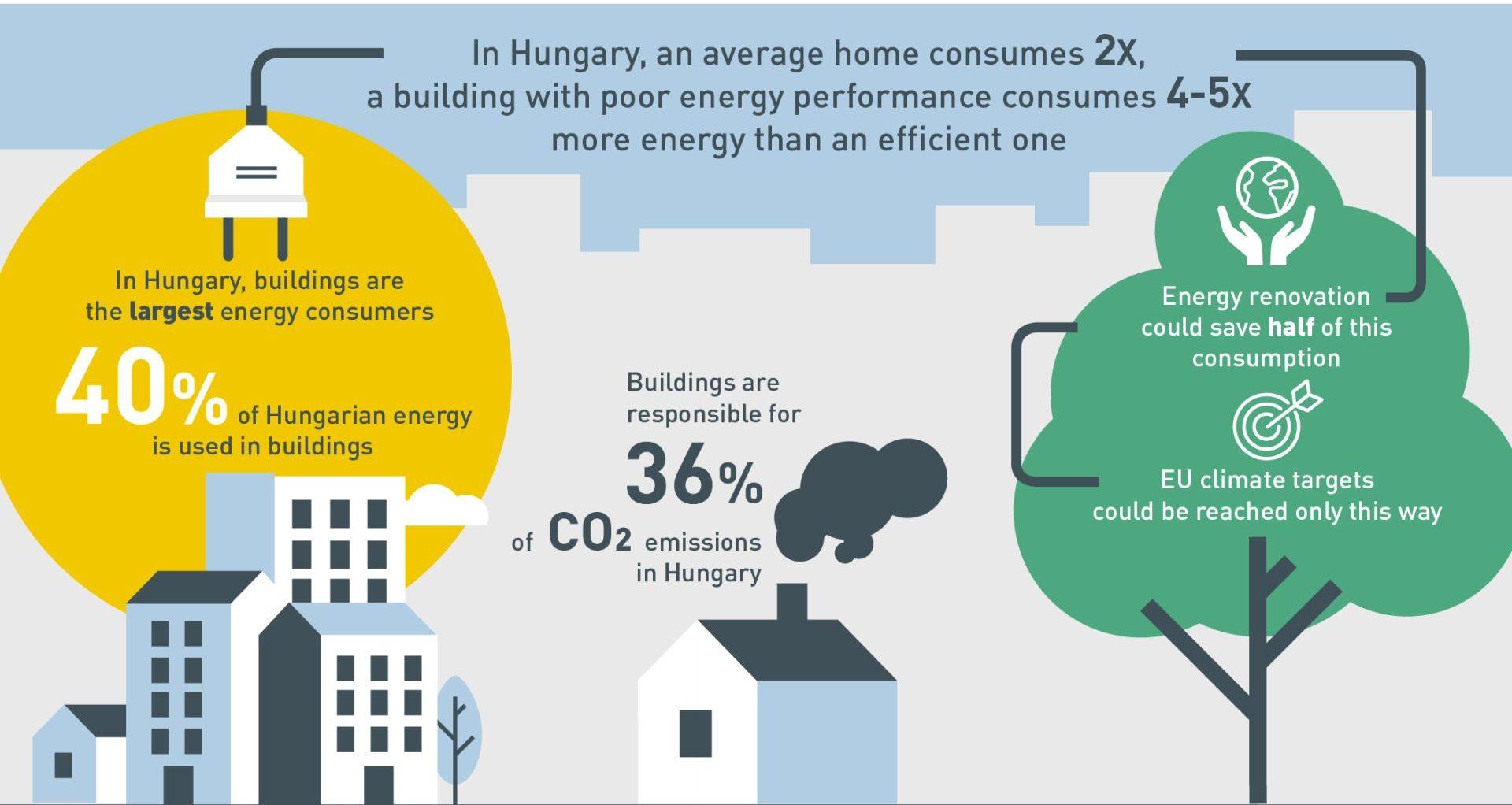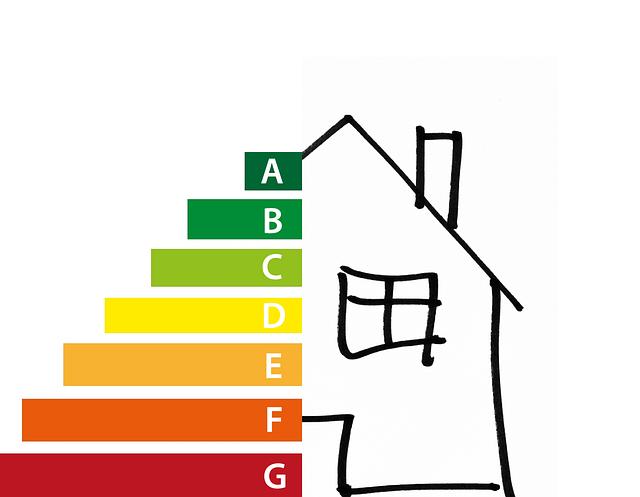Table of Contents
- Understanding the Energy Efficiency Symbol and Its Importance
- Key Features of Energy Efficiency Symbols to Look For
- Decoding Energy Efficiency Ratings: A Guide for Consumers
- Choosing Energy Efficient Products: Tips for Maximizing Savings
- The Future of Energy Efficiency Symbols and Sustainability Efforts
- Q&A
- In Retrospect
Understanding the Energy Efficiency Symbol and Its Importance
In today’s environmentally conscious world, the energy efficiency symbol serves as a vital indicator for consumers looking to make informed choices about their appliances and electronics. This symbol not only simplifies the selection process but also helps individuals understand the potential savings on energy bills while minimizing their carbon footprint. Recognizing this symbol empowers consumers to prioritize sustainability without sacrificing performance.
The importance of the energy efficiency symbol extends beyond consumer awareness; it also plays a crucial role in shaping industry standards. Manufacturers are encouraged to improve their products’ efficiency when faced with consumer demand for better energy ratings. This push for enhanced efficiency leads to innovations in technology, resulting in products that consume less power while offering superior functionality. Key benefits of recognizing this symbol include:
- Financial Savings: Higher efficiency ratings often correlate with lower utility bills over time.
- Environmental Impact: Using energy-efficient products reduces greenhouse gas emissions.
- Informed Decision-Making: Consumers can easily compare products and choose the most efficient options.
As the market continues to evolve, a variety of products are being marked with energy efficiency labels, from refrigerators to light bulbs. Understanding these symbols can be daunting, so it’s essential to familiarize yourself with the different categories and ratings that are available. The table below illustrates the common energy efficiency labels consumers may encounter:
| Label Type | Description |
|---|---|
| Energy Star | Designates products that meet energy efficiency guidelines set by the U.S. Environmental Protection Agency. |
| EU Energy Label | A European standard that ranks products from A+++ to D based on their energy consumption. |
| EnergyGuide | A yellow label that provides estimated annual energy costs for appliances, helping consumers gauge efficiency. |


Key Features of Energy Efficiency Symbols to Look For
When selecting appliances and products, recognizing key energy efficiency symbols can greatly influence your purchasing decision. These symbols serve as a quick reference, indicating how well a product performs in terms of energy consumption. They often feature a standardized design, making it easy for consumers to identify energy-efficient options across various brands and categories. The presence of these symbols often correlates with environmental benefits as well, reducing your carbon footprint while also potentially lowering your energy bills.
Among the most common symbols to look for is the ENERGY STAR® label. This widely recognized symbol signifies that a product meets stringent energy efficiency guidelines set by the U.S. Environmental Protection Agency. It covers a broad range of products, including appliances, electronics, and even new homes. Another important icon is the EU Energy Label, which rates products on a scale from A to G, where A signifies the highest efficiency. It provides consumers with a visual representation of energy performance that can be crucial when making purchasing choices.
Other noteworthy symbols include the Green Seal, indicating products that have met specific environmental standards, and the Cradle to Cradle Certified™ mark, which focuses on sustainable product lifecycle management. Many consumers may also find the EnergyGuide label useful, as it provides estimated annual operating costs and efficiency ratings, helping shoppers compare similar products. When shopping for energy-efficient items, always look for these indicators and opt for those that promise long-term savings and environmental responsibility.


Decoding Energy Efficiency Ratings: A Guide for Consumers
Understanding energy efficiency ratings can seem overwhelming at first, but they provide crucial information that helps you make informed decisions when purchasing appliances or electronic devices. These ratings are generally displayed in the form of symbols or labels that convey the level of energy consumption and efficiency of a product. Familiarizing yourself with these ratings can lead to significant savings on your utility bills and reduce your environmental impact over time.
There are several common energy efficiency symbols that you might encounter. The most recognizable include:
- ENERGY STAR: This label indicates that a product meets energy efficiency guidelines set by the U.S. Environmental Protection Agency (EPA).
- EU Energy Label: Predominantly used in Europe, this label categorizes appliances from A (most efficient) to G (least efficient).
- Home Energy Rating System (HERS): Used primarily for homes, this rating measures energy efficiency through a scoring system, where lower scores indicate better efficiency.
When evaluating energy efficiency, consider not only the initial purchase price but also the long-term operating costs. A more efficient model may cost slightly more upfront but can yield significant savings in energy consumption over its lifetime. To give you a clearer perspective, here’s a simple comparison table that illustrates typical energy consumption and potential savings:
| Appliance | Annual Energy Consumption (kWh) | Estimated Monthly Cost ($) |
|---|---|---|
| Standard Refrigerator | 500 | $60 |
| ENERGY STAR Refrigerator | 300 | $36 |
| Traditional Air Conditioner | 1,500 | $180 |
| High-Efficiency Air Conditioner | 1,000 | $120 |
This table illustrates how selecting energy-efficient products can reduce your energy consumption and costs significantly. By decoding these energy efficiency symbols and understanding their implications, you can be proactive in choosing products that are not only good for your wallet but also for the environment.


Choosing Energy Efficient Products: Tips for Maximizing Savings
When selecting energy efficient products for your home, it’s essential to look beyond initial costs. Energy-saving appliances often come with a higher price tag upfront, but they can lead to significant savings on your utility bills over their lifespan. To make informed decisions, consider products that have earned energy efficiency certifications, like ENERGY STAR. This certification signifies that a product meets strict energy efficiency guidelines, so look for it when shopping.
Additionally, compare the energy consumption of similar products using local utility rates. For instance, you can use the kWh usage indicator provided on appliance labels to help analyze and calculate potential savings. To illustrate, here’s a simple table that compares three hypothetical refrigerators:
| Model | Annual Energy Consumption (kWh) | Estimated Annual Cost |
|---|---|---|
| Model A | 350 | $42 |
| Model B | 450 | $54 |
| Model C | 550 | $66 |
consider the lifespan and maintenance costs of each appliance. While some products may be less efficient initially, their longevity or lower maintenance requirements could offset any upfront savings. Be vigilant in researching warranties and support services offered, as these can also significantly influence your overall satisfaction and cost-effectiveness. Remember, true savings come not just from the purchase price but from the overall efficiency and longevity of the product you choose.


The Future of Energy Efficiency Symbols and Sustainability Efforts
As global awareness of environmental issues grows, energy efficiency symbols are evolving to reflect a commitment not only to saving energy but also to promoting sustainability. These symbols, which range from simple labels on appliances to comprehensive certifications, serve as easy indicators for consumers to make informed choices. The design and implementation of these symbols need to ensure they convey clear information while being visually appealing and universally understood across different demographics. This adaptability is crucial to engage a broader audience actively.
In addition to serving consumers, energy efficiency symbols are becoming a vital part of sustainability efforts in various industries. Many organizations are now seeking third-party certifications that recognize their commitment to energy conservation and responsible sourcing. This development is supported by innovations in technology and design, making it easier for businesses to integrate sustainable practices. As a result, we are likely to see a rise in the following trends:
- Standardization of Symbols: To reduce confusion, uniform symbols across sectors will help consumers easily identify sustainable products.
- Smart Technology Integration: Appliances that connect to smart grids could feature real-time symbols reflecting energy usage, encouraging consumers to alter their behavior.
- Consumer Education: Symbols will be accompanied by educational resources, making sustainability efforts more accessible and actionable for all.
A potential shift towards data-driven symbols is also anticipated, where consumers can scan QR codes or use augmented reality to learn more about a product’s energy efficiency and sustainability impact. This interactive approach not only reinforces commitment to transparency but also builds trust between brands and consumers. Collaborative initiatives, including those involving governments and nonprofit organizations, are essential to promote these symbols effectively while ensuring that they evolve in tandem with advancements in green technology.
Q&A
Q&A on Energy Efficiency Symbols
Q1: What is an energy efficiency symbol? A: An energy efficiency symbol is a graphical representation on appliances, electronics, and vehicles that indicates their level of energy consumption and efficiency. These symbols help consumers make informed decisions about the energy use of products, guiding them towards more environmentally friendly options.Q2: Why are energy efficiency symbols important? A: Energy efficiency symbols play a crucial role in promoting sustainable living. They inform consumers about the energy usage of products, helping them choose items that can lower their electricity bills and reduce their carbon footprint. This awareness encourages manufacturers to produce more energy-efficient products, contributing to a greener planet.
Q3: How can I find energy efficiency symbols on products? A: Energy efficiency symbols can typically be found on product packaging, labels, or manuals. Common symbols include the Energy Star logo, EU energy label, and the ENERGYGUIDE label. These symbols indicate the efficiency rating and can vary by country, so it’s essential to familiarize yourself with the labels relevant in your region.
Q4: What do different energy efficiency ratings mean? A: Energy efficiency ratings vary by product type and labeling system, but generally, they are categorized from A (most efficient) to G (least efficient) in many labeling systems. For instance, an A+++ rating indicates exceptional energy savings, while a C rating suggests moderate efficiency. Always check the specific criteria for the rating system relevant to your region.
Q5: Are there any standards governing these efficiency symbols? A: Yes, various organizations and government bodies establish standards and regulations for energy efficiency symbols. For example, the U.S. Environmental Protection Agency (EPA) oversees the Energy Star program, while the European Union has its own standardized labeling system. These regulations ensure that symbols are credible and that consumers can trust the claims made.
Q6: How can I benefit from buying energy-efficient products? A: Purchasing energy-efficient products can lead to significant savings on your energy bills over time. These items typically use less energy, which not only saves money but also reduces environmental impact. Additionally, many energy-efficient appliances have a longer lifespan, leading to fewer replacements and reduced waste.
Q7: Can energy efficiency symbols influence government policies? A: Absolutely! The widespread recognition of energy efficiency symbols can significantly influence government energy policies. As consumers demand more energy-efficient products, governments may implement incentives, rebates, or regulations that promote energy efficiency. This, in turn, supports national and global initiatives aimed at sustainability and climate change mitigation.
Q8: How can I educate others about the importance of energy efficiency symbols? A: Educating others about energy efficiency symbols can start with simple conversations about their benefits. Share information through social media, community forums, or workshops. Distributing informative materials that explain what these symbols mean and how they impact energy consumption and costs can also foster awareness and motivate others to make energy-saving choices.—By addressing these key questions, readers can gain a comprehensive understanding of energy efficiency symbols and their vital role in promoting energy conservation practices.




0 Comments